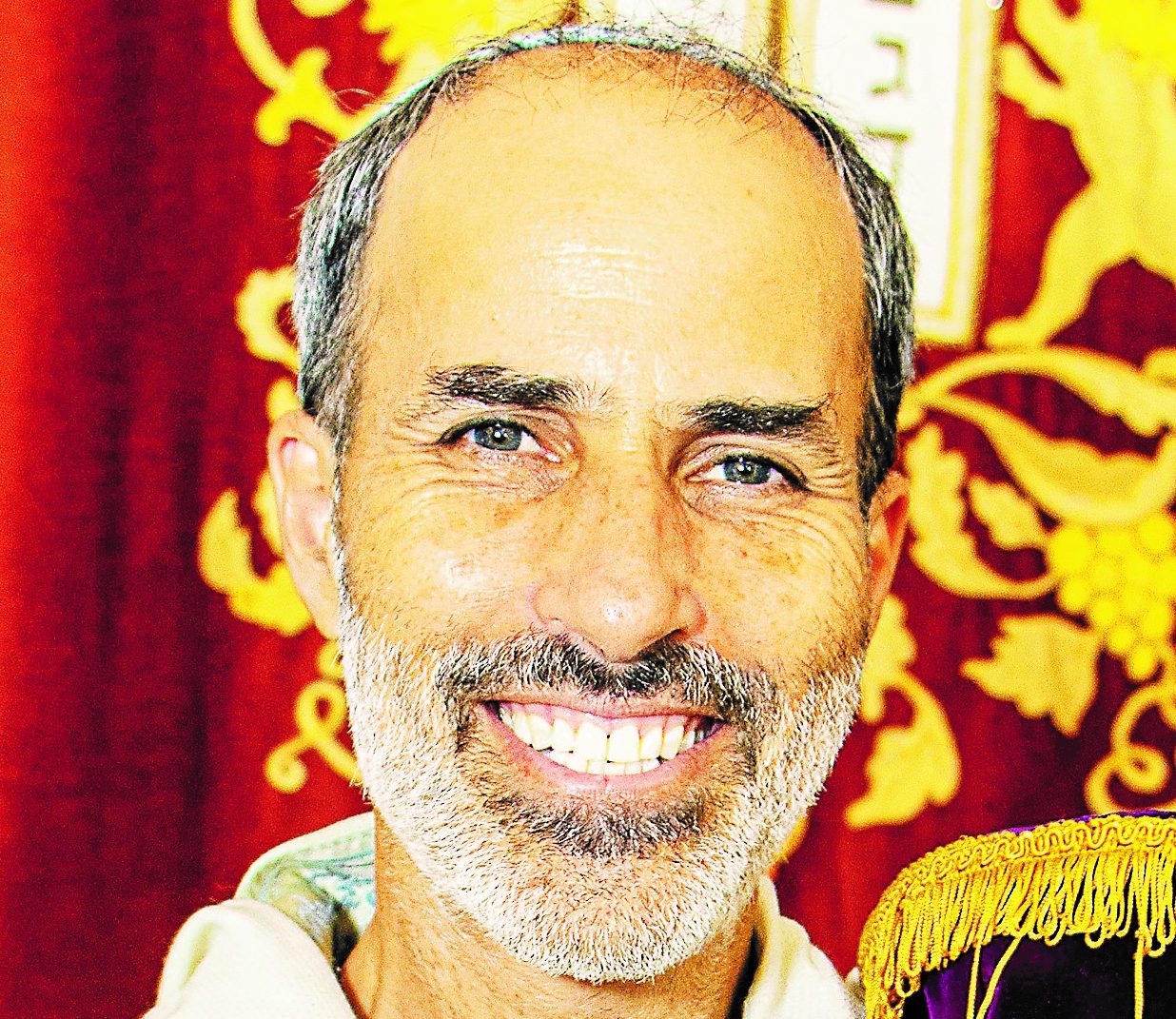
Parshot/Festivals

The masks we wear
Published
3 years agoon
As I write this, I’m looking at a row of masks. That might not be surprising given that it’s a week to Purim. The masks, however, aren’t in honour of this favourite of festivals, but because we live in a deadly time and to leave the house without one is dangerous and illegal. How appropriate, then, for Jewish time and COVID-19-time to align so compellingly.
Let’s begin with Purim. The mask is so connected with Purim, we may forget why it got there in the first place. The little Esthers and Mordechais running around the shul playground might not know that the Purim mask has a deep, dark history, and one that has much to teach us in 2021.
The opening chapter of the Megillah describes a huge feast the likes of which no-one can imagine, COVID-19 or no. It’s not set in Israel but in the land of Persia, the city of Shushan to be precise, and for the rest of the chapter, it’s unclear what the story has to do with us at all.
It’s only in chapter two that we meet Mordechai the Jew, and he is introduced not only with the typical lineage, but the fact that his great grandfather was one of the original exiles sent from Israel to Babylon. Mordechai the Jewish exile. And so, we’re told a story that isn’t just Jewish, but reflects a reality familiar to you and me and every Jew who lives in the diaspora today.
At first glance, the Jews of Persia live in a land of plenty. The palace of Shushan is full of bling and excess and, at least until Haman changes the rules, the Jews seem to live peacefully alongside their compatriots. Mordechai has a position of some influence and access to the king. And yet, at the whim of his majesty, all qualifying virgins are trafficked from their homes to the palace to provide fodder for the harem. No consent. No security. But that’s true for all the maidens, not just the Jewish ones (sadly true today too). The first mask is the mask of comfort – financial and physical. The Megillah reminds us that what we see on the surface as “the good life” is fragile and impermanent.
Enter our heroine, and the name of the book. Esther isn’t her Jewish name. The Megillah tells us that her Hebrew name is Hadassah. But Esther is the name she goes by, which hints at the Hebrew nistar, the hidden one. Hadassah hides herself behind the beautiful Persian face of Esther. In spite of the seductively wealthy surroundings, the price Esther and Mordechai pay is to leave some of themselves at home. Every day. Even as she ascends to the highest position a woman in Persia might, at Mordechai’s insistence, Esther hides her true identity.
What did they fear? The text doesn’t say. But we, the reader, have a sense that we know. It may be from our knowledge of our past, remote and recent, when the Hamans and Hitlers of history have turned a seemingly safe haven into a hell of persecution and death. Or it may be more subtle, as every day, we choose carefully, depending on who it is we are with, how much of our Jewish self to reveal. Part of the irony of life in the diaspora is the measure of successful assimilation, the daily dance of acceptance and social climbing while trying to preserve a core of Jewish self.
Outward signs are clothing, “looks”, and having the right stuff. Esther, after all, is chosen for her beauty, the ultimate sign of being “in”. In our society, it’s the right car, the latest look, the nose not too large, the hair like (insert celebrity name). Esther trades on her looks, and Mordechai encourages her. They aren’t bad people, nor are they weak characters. They are just doing what we do every day – living as Jews in a non-Jewish world.
The most striking mask in the book of Esther is the absence of G-d. Not one mention. A notion that’s picked up by the Talmud: “From where does the Torah bring the name Esther? From the verse, ‘But I [G*d] will surely conceal My face [haster astir panai] on that day’.” (Deuteronomy 31:18 in B.Talmud Hullin 139b). The name, Esther, is interpreted as an extension of the phrase for a concealed G-d. Is that not the experience of so many today, who want so desperately to see G-d, hear G-d, speak to G-d, ask G-d, “Why?”
And thus, the mask becomes not just a device worn on Purim to evoke a laugh, but a symbol of our spiritual challenges, the lives we lead, and the identity negotiations they require. And this year, masks are all the more the primary metaphor of the moment.
Purim was the last festival that we celebrated in person. The first COVID-19 case had just surfaced in South Africa (on 4 March 2020) when Purim was celebrated (9 March) and while we watched with interest, the Megillah was read (in person to real people), the drinks circulated, and no-one, no-one said, “You are on mute” once. Zoom shares were still affordable.
A year later, that memory is tainted with every single cancelled sacred occasion since then from Pesach seder to Shavuot cheesecake competition to the unthinkable high holy days online. Worse than this, so many of our community have lost loved ones, friends, and family to the deadly disease. And all the way through, the (non-Purim) mask has been with us.
So, this Purim, as we mask up, may we pray that soon, the time will come that we can all take off the mask. The COVID-19 mask but also the mask that hides our true reality. The masks of hiding who we are. Hiding our yearnings, fears, hopes, sexual orientation, failings, and our gifts.
And the mask of meaning. May we delve deeply into the deepest mystery of all to reveal the Dwelling Presence in and around us. Have yourself a joyful Purim.
- Rabbi Greg Alexander is part of the rabbinic team at the Cape Town Progressive Jewish Congregation.










